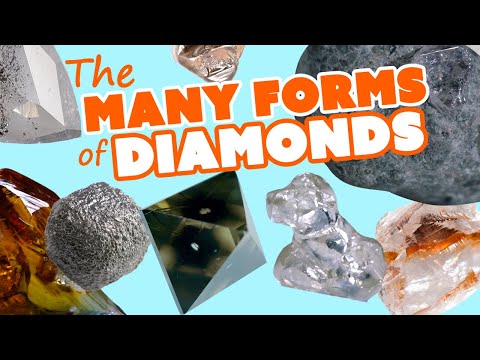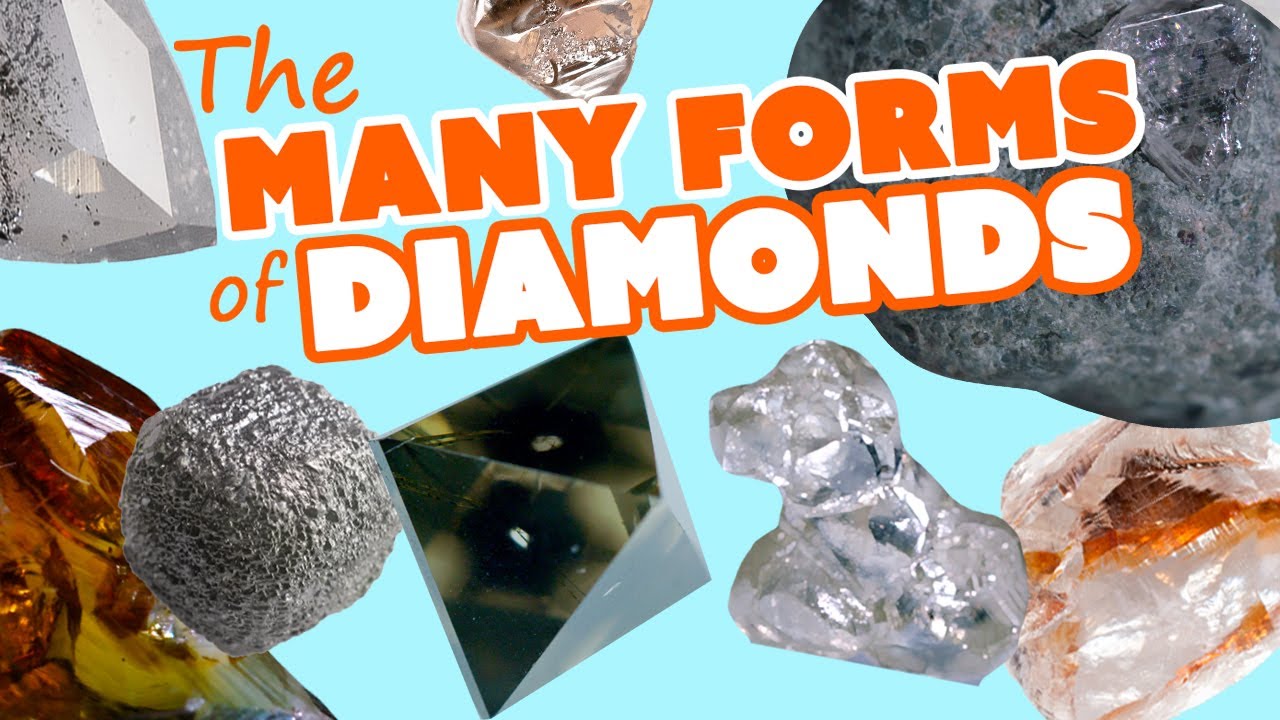Discover the mesmerizing allure of a natural diamond, an exquisite gem that embodies timeless elegance and unparalleled beauty. With its remarkable brilliance, a natural diamond captivates the beholder from the moment it catches the light. Its scintillating facets reflect and refract light, creating a dazzling display that is truly enchanting. Whether set in a stunning piece of jewelry or admired in its raw form, a natural diamond emanates a splendid radiance that is simply breathtaking. Its impeccable clarity allows for an unobstructed view into its depths, revealing a world of purity and perfection that has formed over millions of years. Each natural diamond is a unique masterpiece, with intricate patterns and inclusions that tell a story of its journey through the earth’s crust. The untouched and unaltered nature of a natural diamond adds to its allure, as it symbolizes the rare and precious qualities that make it a cherished treasure. Indulge in the enchantment of a natural diamond and let its enigmatic charm captivate your senses, forever reminding you of the remarkable wonders found in nature’s most remarkable creations.

Characteristics of Natural Diamonds
| Property | Description |
|---|---|
| Color | Natural diamonds can occur in a wide range of colors, including white, yellow, brown, black, blue, and even rare hues like pink, green, or red. The presence of impurities and structural defects during formation contributes to the variation in color. |
| Clarity | Clarity refers to the presence of internal or external flaws, known as inclusions and blemishes, respectively. Natural diamonds may contain these imperfections, which can affect their transparency and overall appearance. The Gemological Institute of America (GIA) grades diamond clarity on a scale ranging from Internally Flawless (IF) to Included (I3). |
| Carat Weight | Carat weight measures the size of a diamond. One carat is equivalent to 200 milligrams. Natural diamonds can range from minuscule sizes to several carats, with larger diamonds being rarer and more valuable. |
| Cut | The cut of a diamond determines its brilliance and overall appearance. Natural diamonds can be cut into various shapes, including round, princess, emerald, marquise, and pear. The cut quality affects how well the diamond reflects light, enhancing its sparkle and fire. |
| Hardness | As the hardest known natural material, diamonds score a perfect 10 on the Mohs scale of mineral hardness. Their exceptional hardness allows them to withstand scratching and makes them ideal for use in jewelry. |
| Origin | Natural diamonds are formed deep within the Earth’s mantle, typically between 1 billion to 3.3 billion years ago. They are brought closer to the surface through volcanic activity, where they can be mined. |
| Luster | Natural diamonds exhibit a high refractive index, giving them a brilliant luster. This luster is a result of the diamond’s ability to reflect and refract light, creating a captivating sparkle. |
“Unveiling the Sparkle: Discovering Rough Diamonds and Beyond!”
What Does a Natural Diamond Look Like?
Diamonds are one of the most sought-after gemstones in the world. Their dazzling beauty and remarkable durability have captivated humans for centuries. But what exactly does a natural diamond look like? Let’s delve into the unique characteristics that define these precious stones.
The Four Cs
Color, Cut, Clarity, and Carat Weight are the four key factors that determine a diamond’s quality and appearance. Each of these elements contributes to the overall visual appeal of the stone.
1. Color
Color is an essential aspect of a diamond’s appearance. While most people envision diamonds as colorless, they can actually come in a range of hues. The Gemological Institute of America (GIA) grades diamond color on a scale from D to Z, with D being the most colorless and Z having a noticeable yellow or brown tint. Colorless diamonds (D-F) are highly valued due to their exceptional brilliance, while diamonds with a faint yellow or brown hue (G-Z) are less valuable.
2. Cut
The cut of a diamond is crucial in determining its ability to reflect light and sparkle. A well-cut diamond allows light to enter through the table (top surface) and bounce off its facets, creating a mesmerizing display of brilliance and fire. The GIA grades diamond cuts on a scale from Excellent to Poor, considering factors such as proportions, symmetry, and polish. An expertly cut diamond maximizes its beauty, while a poorly cut one may appear dull or lifeless.
3. Clarity
Clarity refers to the presence of internal and external imperfections, known as inclusions and blemishes, respectively. These naturally occurring characteristics are formed during the diamond’s growth process. The GIA grades diamond clarity on a scale from Flawless (no inclusions or blemishes visible under 10x magnification) to Included (inclusions visible to the naked eye). Diamonds with higher clarity grades are rarer and more valuable, as they allow more light to pass through without obstruction.
4. Carat Weight
Carat weight is a measure of a diamond’s size, with one carat equaling 200 milligrams. However, carat weight alone does not determine a diamond’s visual appeal. The overall proportions and cut quality also play a significant role in how the stone appears. While larger diamonds are often desired, it’s essential to consider the other three Cs to ensure a balanced and captivating diamond.
Other Characteristics
Aside from the Four Cs, there are additional characteristics that influence a natural diamond’s appearance.
5. Brilliance and Fire
The brilliance of a diamond refers to its ability to reflect white light, creating brightness and sparkle. A well-cut diamond with proper proportions maximizes the amount of light that enters and exits the stone, resulting in a high level of brilliance. Fire, on the other hand, refers to the dispersion of light into spectral colors, creating flashes of red, blue, and green. Both brilliance and fire contribute to the captivating beauty of a diamond.
In conclusion, a natural diamond can exhibit various colors, depending on its grade. The cut determines its ability to reflect light, while clarity indicates the presence of imperfections. Carat weight is a measure of the diamond’s size, but it’s essential to consider all the Four Cs for a visually appealing stone. Lastly, brilliance and fire enhance a diamond’s overall beauty. Understanding these characteristics will allow you to appreciate the unique allure of natural diamonds.

